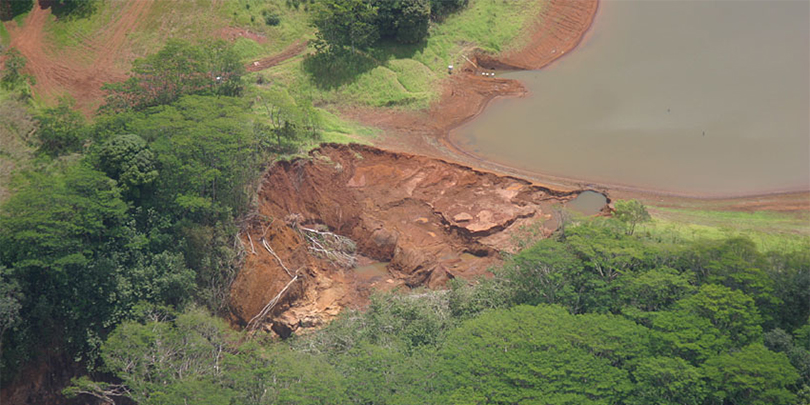 In C. Brewer & Co., Ltd. v. Marine Indem. Ins. Co. of Am., No. SCWC-28958 (Haw. Mar. 27, 2015), the Supreme Court of Hawaii ruled that liability coverage is not limited to only those locations defined in an insurer’s schedule of locations. The court found that because a causal connection could be established between the negligent decisions of a business proprietor and the liabilities stemming from those decisions elsewhere, coverage could be applied irrespective of where those liabilities arose.
In C. Brewer & Co., Ltd. v. Marine Indem. Ins. Co. of Am., No. SCWC-28958 (Haw. Mar. 27, 2015), the Supreme Court of Hawaii ruled that liability coverage is not limited to only those locations defined in an insurer’s schedule of locations. The court found that because a causal connection could be established between the negligent decisions of a business proprietor and the liabilities stemming from those decisions elsewhere, coverage could be applied irrespective of where those liabilities arose.
Background
In 2006, a substantial portion of the Kaloko Dam buckled, discharging millions of gallons of water. Several people were killed and property was damaged when a wall of water that reached 70 feet high hit the town of Kilauea, Hawaii. Following the collapse, multiple lawsuits were filed against the owner of the dam at time of collapse, James Pflueger (“Pflueger”). Pflueger sued C. Brewer and Company, LTD. (“Brewer”), whose subsidiary built the dam, for indemnity alleging that Brewer was negligent in “operating, inspecting, maintaining, and repairing the [property].”
The Lawsuit
James River Insurance Company (“James River”)—the only insurer implicated at the time of the dam collapse—refused to defend Brewer, to whom it had issued a commercial general liability (“CGL”) policy. James River argued that the policy’s designated premises endorsement (“DPE”) limited liability coverage to only those locations precisely defined in the policy.
The policy’s DPE limited coverage “to ‘bodily injury’, ‘property damage‘, or ‘personal and advertising injury‘ arising out of the ownership, maintenance or use of the premises shown in the above Schedule.” While Brewer’s headquarters were listed as a designated premises in the schedule of locations, the dam was not.
The circuit court granted summary judgment for James River finding the policy unambiguously limited coverage to the schedule of locations. The court of appeals reversed, finding the DPE was ambiguous as to whether the policy covered liabilities arising from decisions made at Brewer’s headquarters.
On appeal, the Supreme Court found that the DPE covers liabilities stemming from non-designated premises “if the injury or damage arise out of the ownership, maintenance or use of a designated premises.” The Court adopted the reasoning in American Guarantee and Liability Insurance and Company v. 1906 Company. In American Guarantee, an insurer argued that the DPE precluded coverage for injuries sustained at a non-designated premises, here a photography studio, which was wholly owned and operated by the insured. The Court determined that the photography studio was a covered premises as the insured had supervisory actions over the studio. They reasoned that “arising out of” meant a causal connection between the liabilities and use of a designated premises. Applying that reasoning to Brewer, the Court found:
the [Dam and property] was owned and operated by KIC, a C. Brewer subsidiary, KIC’s employees were considered employees of C. Brewer, and all major business decisions concerning the System, including the alleged failure to capitalize KIC, the entrance into various agreements to maintain the System, and the eventual sale of the land underlying the Reservoir, were apparently made at C. Brewer’s corporate headquarters. Therefore, a causal connection could possibly be found between C. Brewer and its entrustment of the System to KIC, the operation of the designated premises, and the injuries that resulted from C. Brewer’s allegedly negligent corporate decisions.
Additionally, the Court determined that James River’s argument that the DPE is limited to only those liabilities sustained at designated premises, would change the meaning of “arising out of,” converting its CGL policy into a premises liability policy. The court reasoned that while this conversion was possible, it “must be clear and unequivocal.” This was not the case, and, finding the policy ambiguous, the court construed it against the insurer.
Image source: Polihale (Wikimedia)
